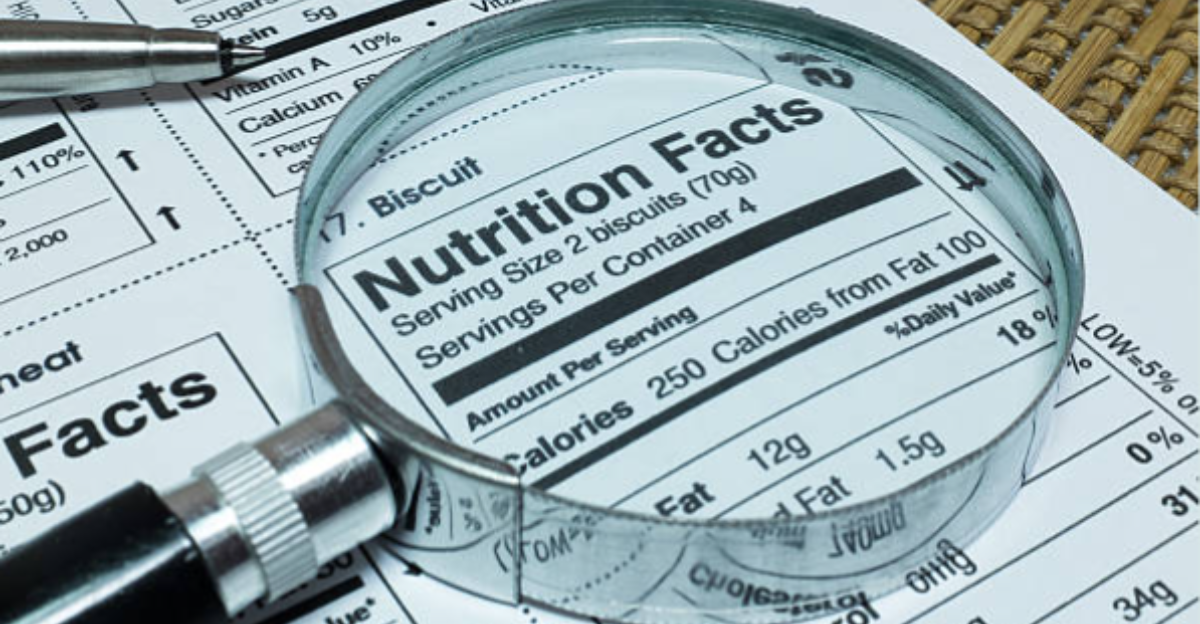
Have you ever wondered what some of the long words on your favorite product’s label mean? A lot of us do. There are certain ingredients that can be found in everyday products in the United States that cause health experts and government agencies worldwide to raise eyebrows. As a matter of fact, the same ingredients that we continue to use here are prohibited in other countries as they are not regarded as safe.
Let’s take a closer look at nine controversial ingredients in American products, and why people are wary of them.
1. Potassium Bromate
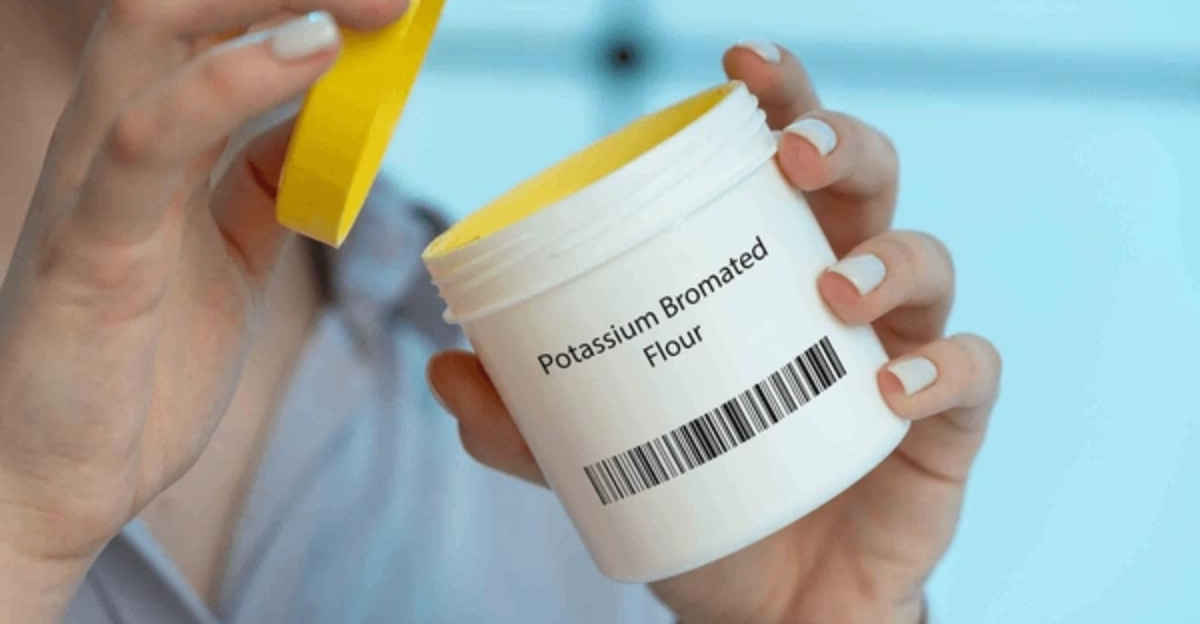
Potassium bromate is an additive in baked goods that enhances the texture to make the dough rise. Even though it’s useful in baking, the International Agency for Research on Cancer (IARC) has listed it as a potential human carcinogen, a substance that can cause cancer. It’s prohibited in a lot of countries like the European Union and Canada. In the United States it’s still found in most of the commercial baking products, though some companies have decided to remove it from their ingredients. According to experts, this chemical isn’t necessary since there are safer alternatives to use in baking.
2. Propylparaben
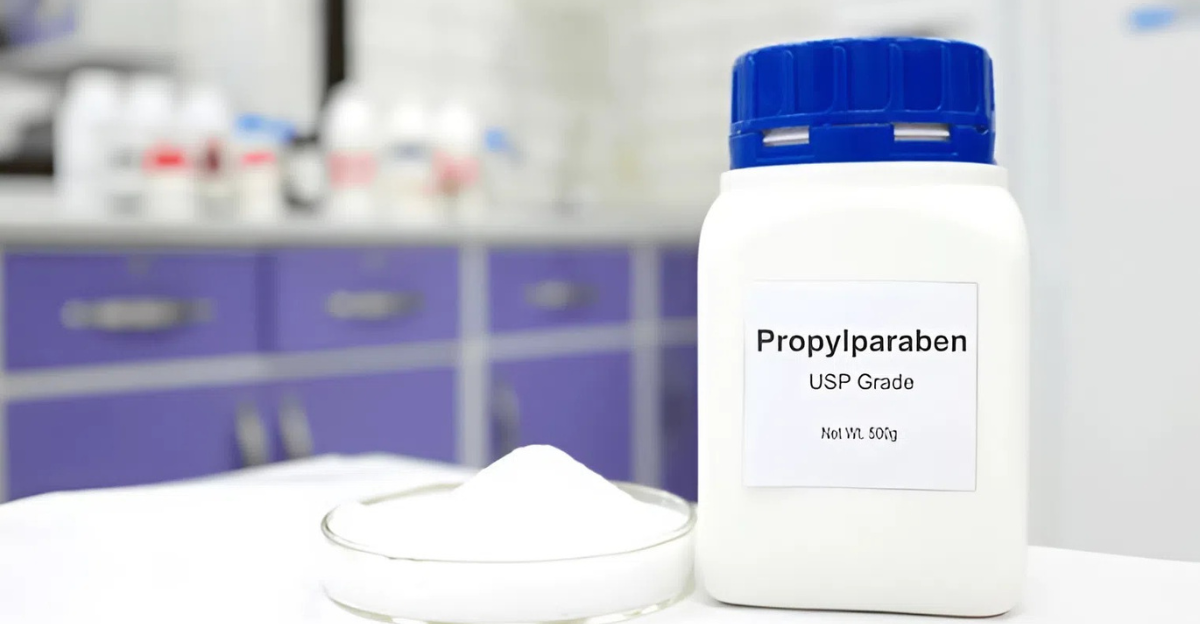
Propylparaben is a preservative added to most processed foods and cosmetics. While it prevents the growth of mold and bacteria, scientists are concerned that propylparaben may interfere with hormonal balance when swallowed. According to their studies, propylparaben may mimic estrogen that interferes with the endocrine system. Due to these concerns, the European Union restricts its application in cosmetics, particularly in children products because of these risks. However, here in the US, it’s still widely used in food and cosmetics without any kind of restrictions.
3. Butylated Hydroxyanisole (BHA)
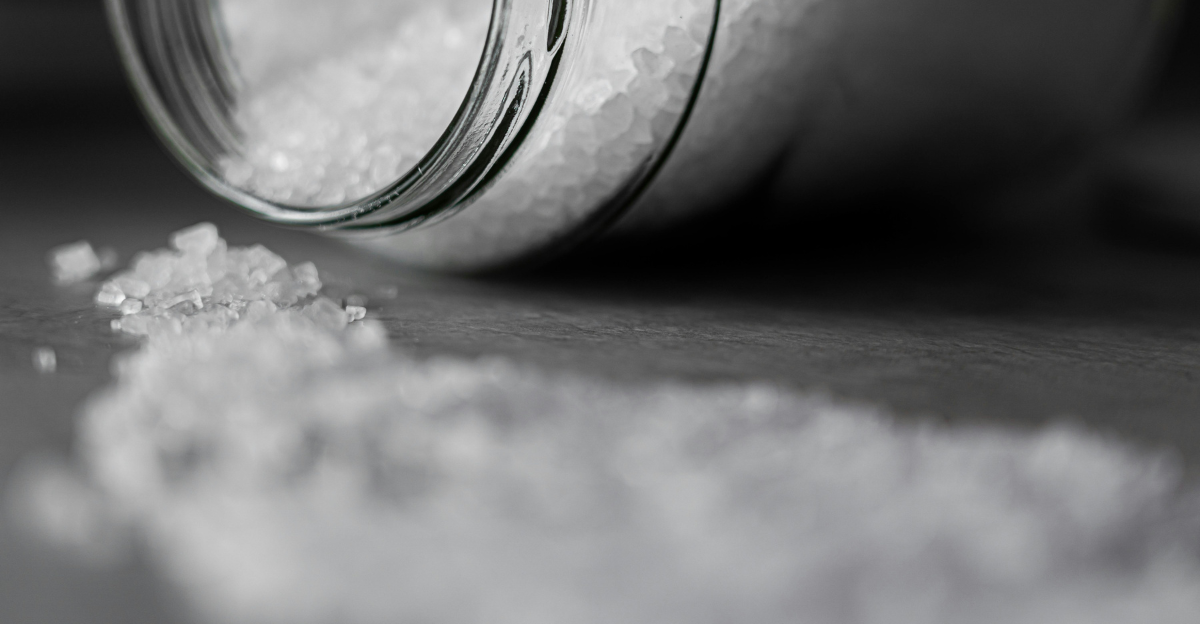
BHA is a preservative used in a lot of products, including a few medicines. It preserves food by preventing fats and oils from going bad. According to certain research, the additive could possibly cause cancer and hormonal interference. IARC also listed it as a possible carcinogen to humans. Despite this, the FDA still considers it safe as long as it’s taken in small amounts, and remains widely used in the United States. Some countries in Europe have already restricted or banned BHA in food products as a safety precaution.
4. Olestra
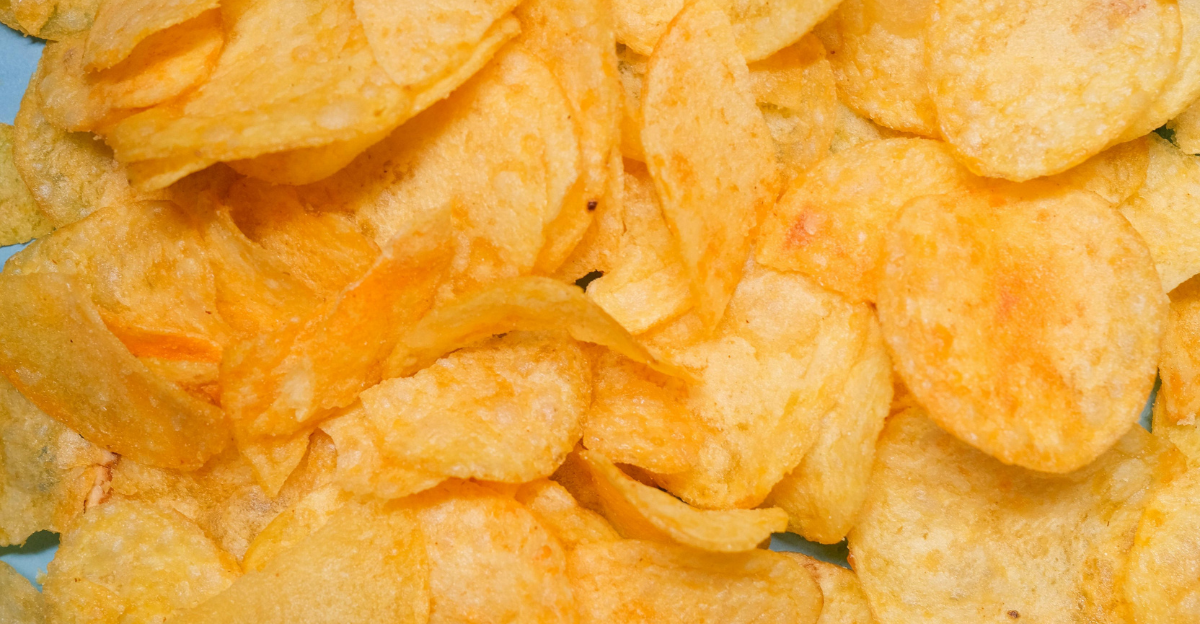
Olestra is an artificial fat present in certain snacks like fat-free potato chips. It attempts to provide the same texture of normal fats with no added calories. Some might refer to it as a miracle ingredient, but Olestra can trigger digestion issues. It can also delay the rate at which the body absorbs some vitamins, and has also been associated with cramps and uncontrollable bowel movements. When Olestra was initially introduced, products containing it were required to have a warning label. The label is currently no longer necessary in the United States, although it’s prohibited in a number of other countries.
5. rBGH (Recombinant Bovine Growth Hormone)
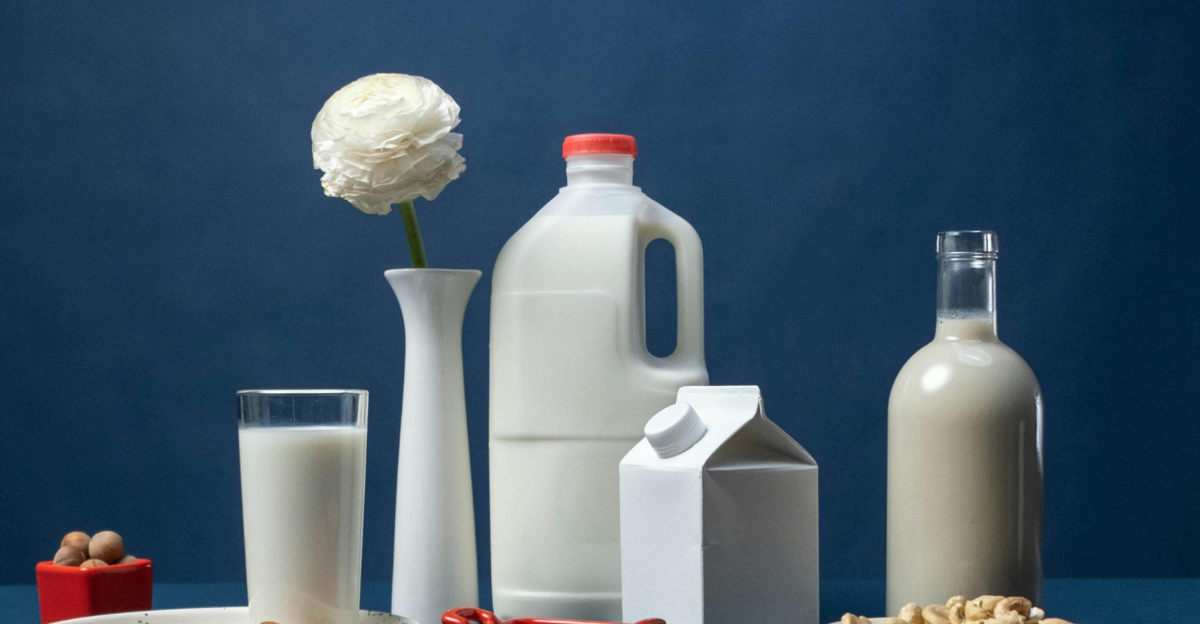
rBGH is a synthetic hormone injected into dairy cows to increase their milk production. While the FDA has approved of its use, many health experts remain concerned about its potentially increasing risk of cancer. The rBGH causes cows to produce more insulin like growth factor 1 which has been linked to breast, prostate and colon cancer. It’s banned in a lot of countries, including Canada and the European Union. rBGH is still used in the U.S. but many dairy brands now label their products as “rBGH-free” to reassure consumers their products are healthy.
6. Azodicarbonamide (ADA)

Azodicarbonamide is added to make mass-produced dough softer and stretchy. But it breaks down into harmful chemicals when heated, and that can cause cancer. It is banned in the European Union and Australia, but in the United States, it’s still permitted by the FDA. It’s also used in foaming up plastics and is known as “Yoga mat chemical”. Major chains like Subway removed it from their product’s ingredients after people protested about it, but it still continues to be included in most ready-packaged breads and fast-food buns.
7. Brominated Vegetable Oil (BVO)
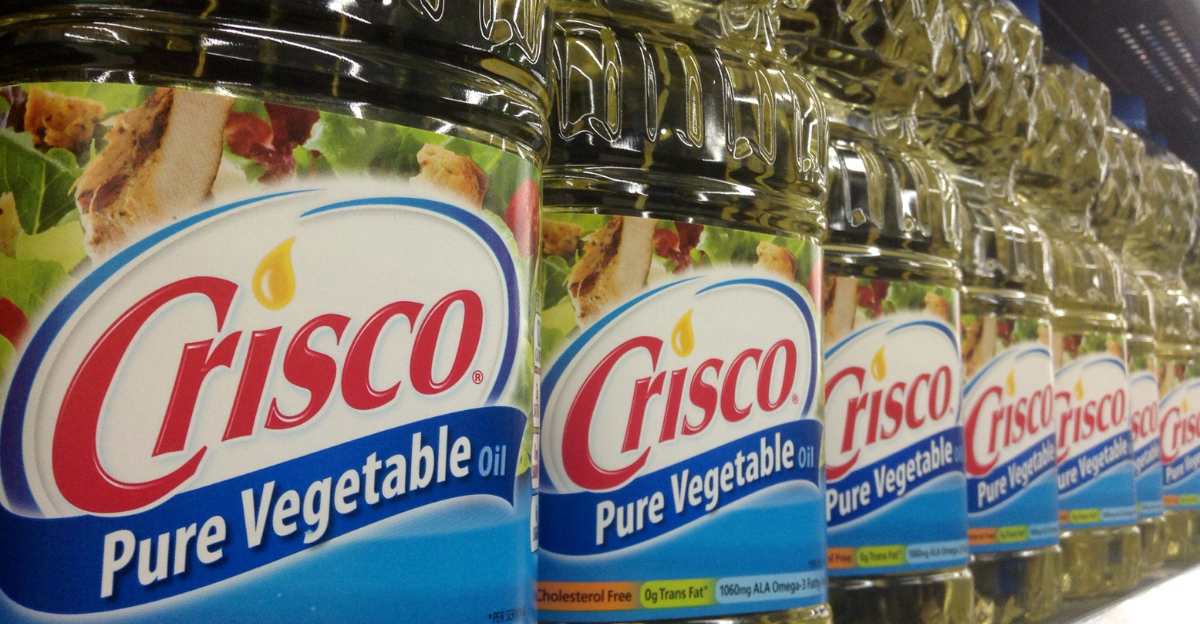
Citrus-flavored drinks are usually mixed with Brominated Vegetable Oil to prevent separation of the flavoring. BVO contains bromine which is mostly commonly used in flame retardants, which prevents the start of a fire. This can accumulate in the body over time which could have an effect on the nervous system and thyroid. The FDA has once considered removing BVO from their approved list but decided to request for more research instead. While some major brands have removed it due to public pressure, it’s still present in several lesser known beverages across the country.
8. Red Dye No. 3
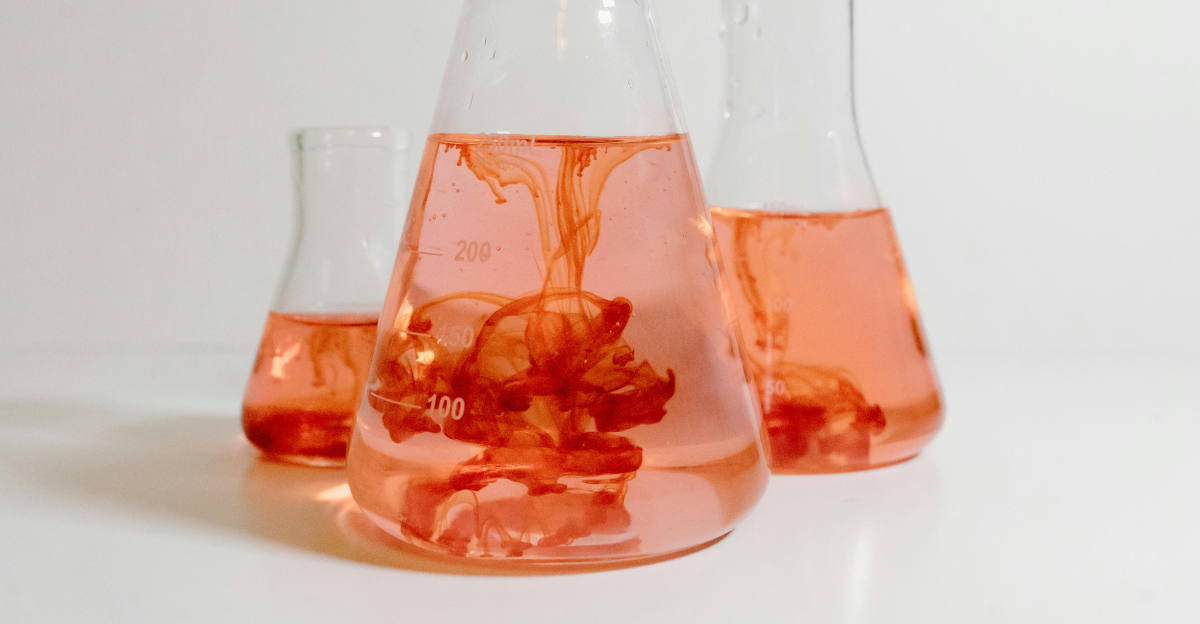
Red Dye No. 3 gives food and cough syrups a bright red color. It was banned in cosmetics by the FDA in 1990 as it induced thyroid tumors in rats. But weirdly enough, it’s not banned as a food ingredient. Consumer organizations have petitioned the FDA to fix this loophole, yet this additive still is present in numerous food products. There are natural alternatives like beet juice or paprika extract, but the synthetic dye is cheaper and more stable so many companies continue to use it.
9. Titanium Dioxide

Titanium dioxide is used as a whitening agent in a lot of products including toothpaste and coffee creamers. It helps products to appear clean and bright. However, there are a few safety concerns regarding inhaling dust from Titanium dioxide that can cause lung cancer. There is also a concern about the nanoparticles from it that can potentially enter the cells and cause significant damage. Titanium dioxide was eventually banned by the European Union as a food additive, following studies that indicated potential genotoxicity. Yet it’s still allowed in foods and cosmetics here in the U.S. without any clear labeling requirements for its nanoparticle form.
